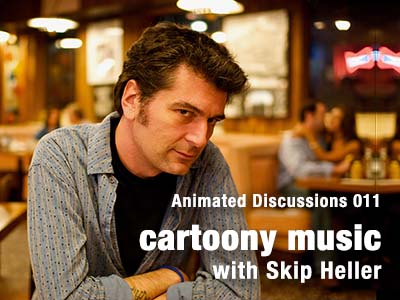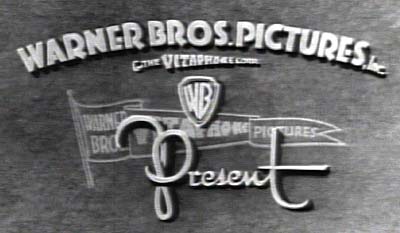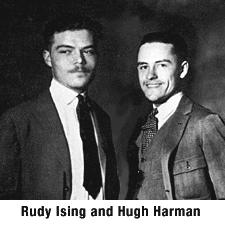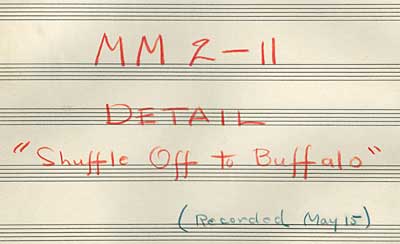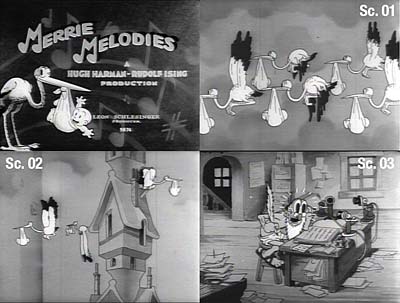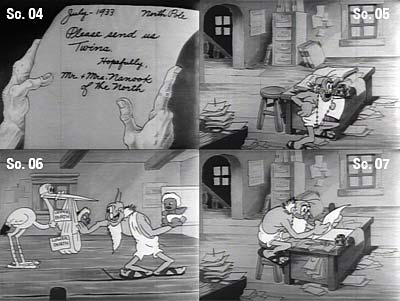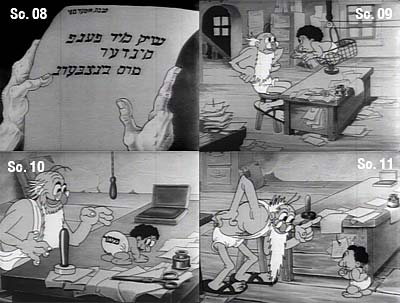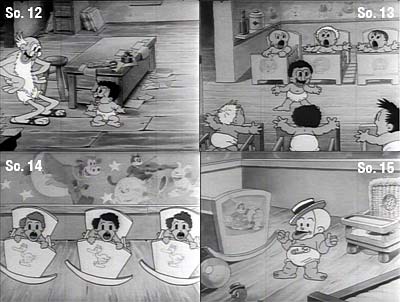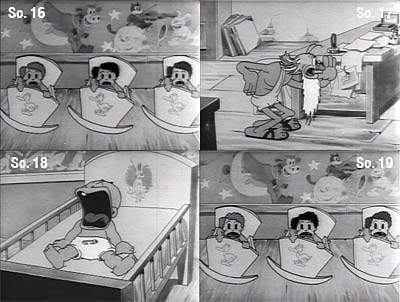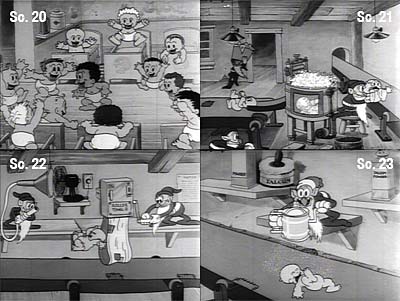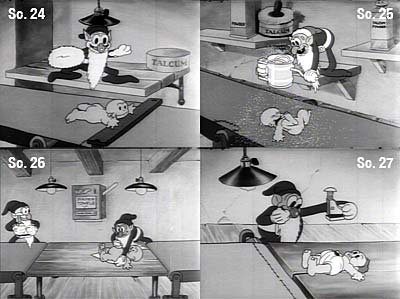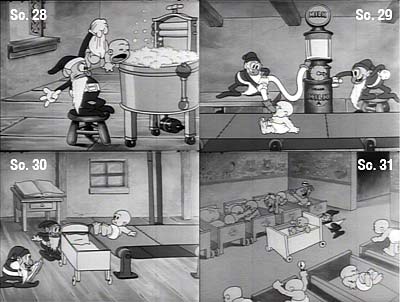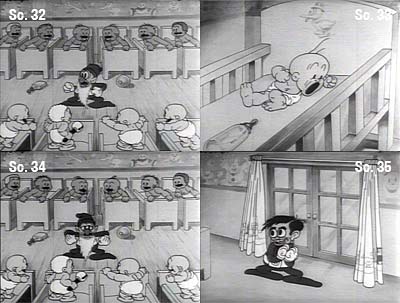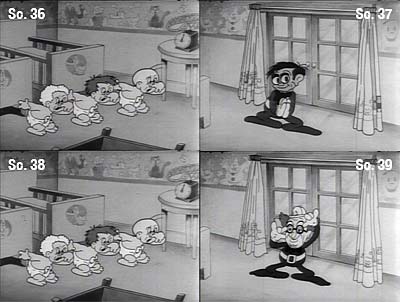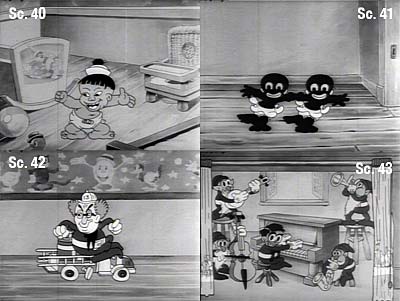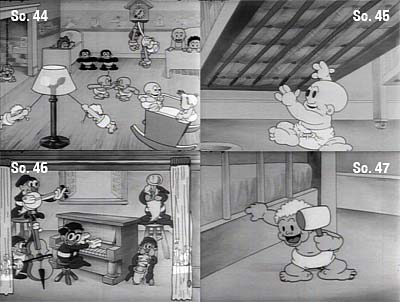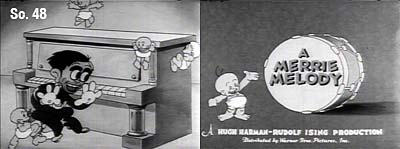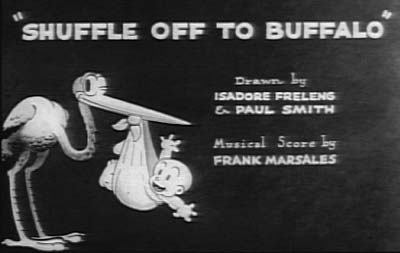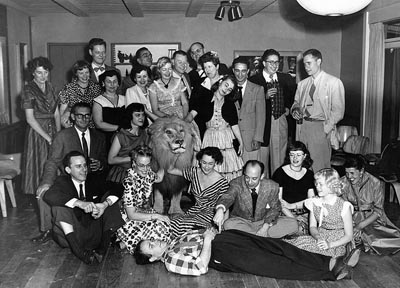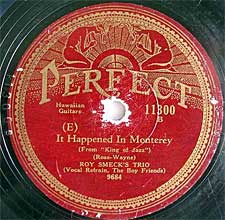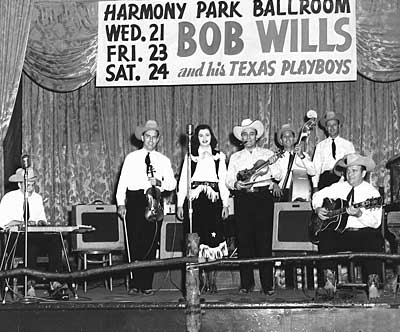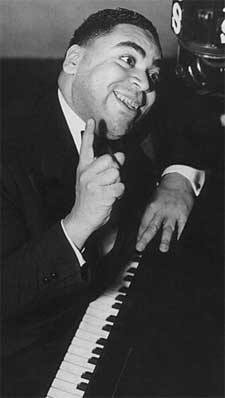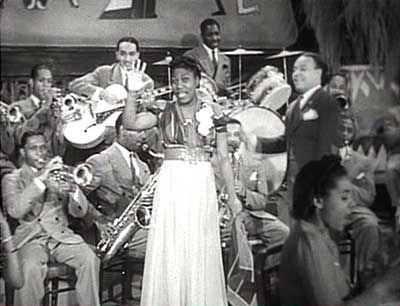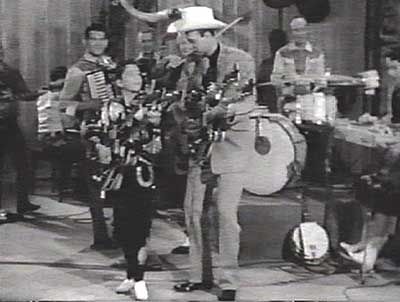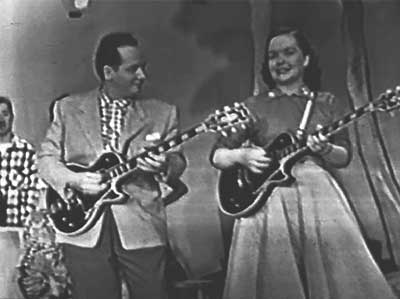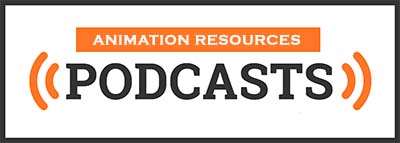
Animation Resources has embarked on a podcasting series with informal screenings, interviews and seminars. Normally, these are hosted on our Members Only page, but occasionally we share them with the public. Make a note of the date and time and tune in.
Cartoony Music With Skip Heller
![]()
Animated Discussions 011 / Hosted by Davey Jarrell with Stephen Worth and Skip Heller
Download this article

![]() Back in 2007 when the Animation Archive was still under the umbrella of ASIFA-Hollywood, Stephen Worth sat down several times with musician Skip Heller to talk about cartoony music for the A-HAA Podcast. Each time, they chose a musician and explained how their music related to cartoons, playing a representative bit of their music. There were five segments altogether and they were a lot of fun.
Back in 2007 when the Animation Archive was still under the umbrella of ASIFA-Hollywood, Stephen Worth sat down several times with musician Skip Heller to talk about cartoony music for the A-HAA Podcast. Each time, they chose a musician and explained how their music related to cartoons, playing a representative bit of their music. There were five segments altogether and they were a lot of fun.
Animation Resources’ programming director, Davey Jarrell ran across these old podcasts recently and thought it would be a good idea to combine all of the "Skip and Steve" segments into one Animated Discussions podcast. Join us for a musical spin through some of the funniest and craziest music ever created. Skip and Steve throw down a lot of breadcrumbs to follow for google research into the subject too, so take notes!
Skip Heller is a remarkably versatile musician. He’s performed in every style imaginable. He’s composed for symphony orchestras, played country music and blues in honky tonks, performed in jazz trios and punk bands and did music for both Dexter’s Lab and Flintstones On The Rocks. A true renaissance man with deep roots in the history of his medium, no one knows more about this genre of music than Skip.
MP3 Audio File / 1:30:41 / 176 MB Download
SCHEDULE OF LIVE STREAMS
Tuesday June 13, 2023 2pm (PDT)
Tuesday June 13, 2023 6pm (PDT)
Saturday June 17, 2023 2pm (PDT)
Saturday June 17, 2023 6pm (PDT)
Sunday June 25, 2023 2pm (PDT)
Sunday June 25, 2023 6pm (PDT)
Friday June 30, 2023 2pm (PDT)
Friday June 30, 2023 6pm (PDT)
Monday July 3, 2023 2pm (PDT)
Monday July 3, 2023 6pm (PDT)
Saturday July 8, 2023 2pm (PDT)
Saturday July 8, 2023 6pm (PDT)
Sunday July 9, 2023 2pm (PDT)
Sunday July 9, 2023 6pm (PDT)
LIVE STREAM LOCATIONS
The Cartoon History podcast will be live-streamed simultaneously to these locations. We recommend you use Animation Resources’ own streaming page to avoid disconnects by third party sites.
Animation Resources Live Stream Page![]()
(Also on YouTube and Facebook)














